Organizing Files in Windows using Folders
Organizing your files in Windows is simple and easy using folders. Keep your documents, music, and photos organized with a few quick clicks.

Organizing your files can be a daunting task, especially if you’re using Windows. With its complex folder structure, it can be difficult to know where to start. However, by taking the time to organize your files, you can make sure everything is in the right place, easy to find, and easy to manage. Here’s how to organize files in Windows using folders.
Step 1: Create Folders
The first step in organizing files in Windows is to create folders. You can create folders in the left pane of File Explorer (previously known as Windows Explorer), or you can right-click on your desktop and select “New Folder”. Then, give the folder a name that describes what type of files it will contain. For example, you might create a “Documents” folder for documents, a “Music” folder for music, and a “Photos” folder for photos.
Step 2: Move Files into Folders
Once you’ve created the folders, it’s time to move your files into them. You can do this by selecting the files you want to move and then dragging and dropping them into the appropriate folder. Alternatively, you can select the files, right-click on them, and select “Move”. Then, select the folder you want to move the files into and click “Move”.
Step 3: Create Subfolders
Once you’ve moved all of your files into folders, you may want to create subfolders. Subfolders allow you to further organize your files and make them easier to find. For example, you might create a “Work” subfolder in your “Documents” folder to store all of your work-related documents. You can create subfolders by right-clicking on the folder and selecting “New Folder”.
Step 4: Name Files and Folders
Another important step in organizing your files is to name them and their folders appropriately. This will make them easier to find when you’re searching for them. For example, if you have a document about a project, you might name it “Project ABC Summary”. Similarly, if you have a folder for a project, you might name it “Project ABC”.
Step 5: Sort Files
Once you’ve named your files and folders, you can sort them. This will make it easier to find the files you’re looking for. You can sort files by name, date, size, or type. To do this, right-click on the folder and select “Sort by”. Then, select the criteria you want to use to sort the files.
Step 6: Add Tags
If you have a lot of files, you may want to consider adding tags to them. Tags allow you to add keywords to files that describe their contents. For example, if you have a document about a project, you might add the tags “project”, “summary”, and “ABC”. To add tags, right-click on the file and select “Properties”. Then, select the “Tags” field and enter the tags you want to use.
Step 7: Save Searches
Finally, you may want to save searches for files you use often. This will allow you to quickly find the files without having to manually search for them. To save a search, select the folder you want to search and then enter the criteria for the search. Then, click the “Save search” button.
Organizing your files in Windows using folders is an important step in keeping your computer organized. By taking the time to create folders, move files into them, create subfolders, name files and folders, sort files, add tags, and save searches, you can ensure that your files are always easy to find and easy to manage.

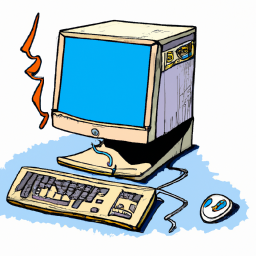

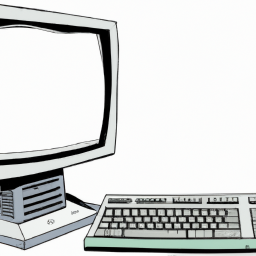
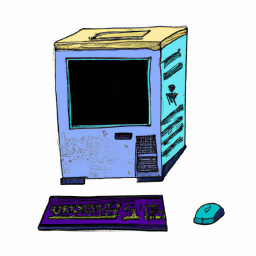
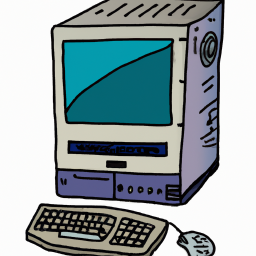

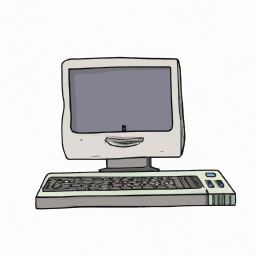
Terms of Service Privacy policy Email hints Contact us
Made with favorite in Cyprus